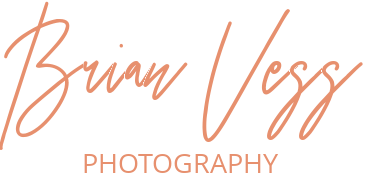How to Capture Amazing Fireworks Photos
How to Capture Amazing Fireworks Photos: My San Francisco Experience
Photography has always been my passion, and my recent trip to San Francisco for fireworks photography was no exception. While I felt confident in my skills, this adventure taught me a few valuable lessons that could elevate anyone’s game when capturing these dazzling displays.
1. The Early Bird Gets the Shot (and the Parking)
You’ve heard it before, but here’s the reality: showing up early is non-negotiable. By the time the crowd rolls in, the best spots—and parking—are long gone. I managed to snag a prime location, but only because I arrived hours ahead. Trust me, your future self will thank you.
2. The Weather Dictates Everything
Fireworks and high winds? Not a great combo. The wind disperses smoke unpredictably, shakes the camera, and let’s not even talk about the biting cold when temps dip below 50°F. Layers, snacks, and extra blankets were my lifesavers that night. Comfort is creativity’s best friend.
3. Timing Matters: Smoke and Shutter
Smoke intensifies as the show progresses, meaning your best shots will likely be during the opening fireworks. By the finale, your lens might be fighting through a haze. Being across the bay, my sweet spot for shutter speed was 6 seconds—enough to capture light trails without overexposing.
4.Capturing Amazing Fireworks Settings
Fireworks are dynamic, but your camera shouldn’t be. Here’s the detailed rundown on my setup:
- Spot Metering: I metered off nearby buildings just before the show started. This ensured the sky stayed beautifully black, setting the stage for the fireworks to shine.
- Focus and Aperture: I locked focus on the farthest building in my frame. With an aperture of f/11, I ensured a deep depth of field, keeping every element sharp.
- Highlight Tone Priority (HTP): Enabled to protect highlight details in the fireworks. For Canon shooters like me, this feature is a lifesaver. Nikon’s equivalent is Active D-Lighting, and Sony has DRO (Dynamic Range Optimizer). These settings enhance detail in bright areas—perfect for fireworks bursting against a dark sky.
5. Lock It In: Manual Everything
Once your metering, focus, ISO, and aperture are set, switch everything to manual. This prevents your camera from recalculating settings in the middle of the show. I also recommend flipping your lens to manual focus once dialed in—this avoids the dreaded autofocus hunt in the dark.
6. Hands-Free is the Way to Be
To avoid camera shake, I used a Canon BR-E1 wireless remote trigger. If you’re on Nikon, consider the ML-L7, and for Sony, the RMT-P1BT is your go-to. Alternatively, a 3-second shutter delay works well, but having a remote lets you focus on timing your shots perfectly.
Bonus: Snacks and Blankets
Photography isn’t just about the camera; it’s about the experience. A hot drink, a cozy blanket, and some snacks can transform a chilly night into a magical one. And hey, if your fingers aren’t frozen, it’s easier to press that shutter!
This trip reinforced that preparation and patience are just as crucial as technical expertise. The lessons I learned on that cold, windy San Francisco night will stick with me for many more photography adventures to come.
Here’s to always chasing the light—and maybe packing an extra blanket next time. 😊

0 Comments